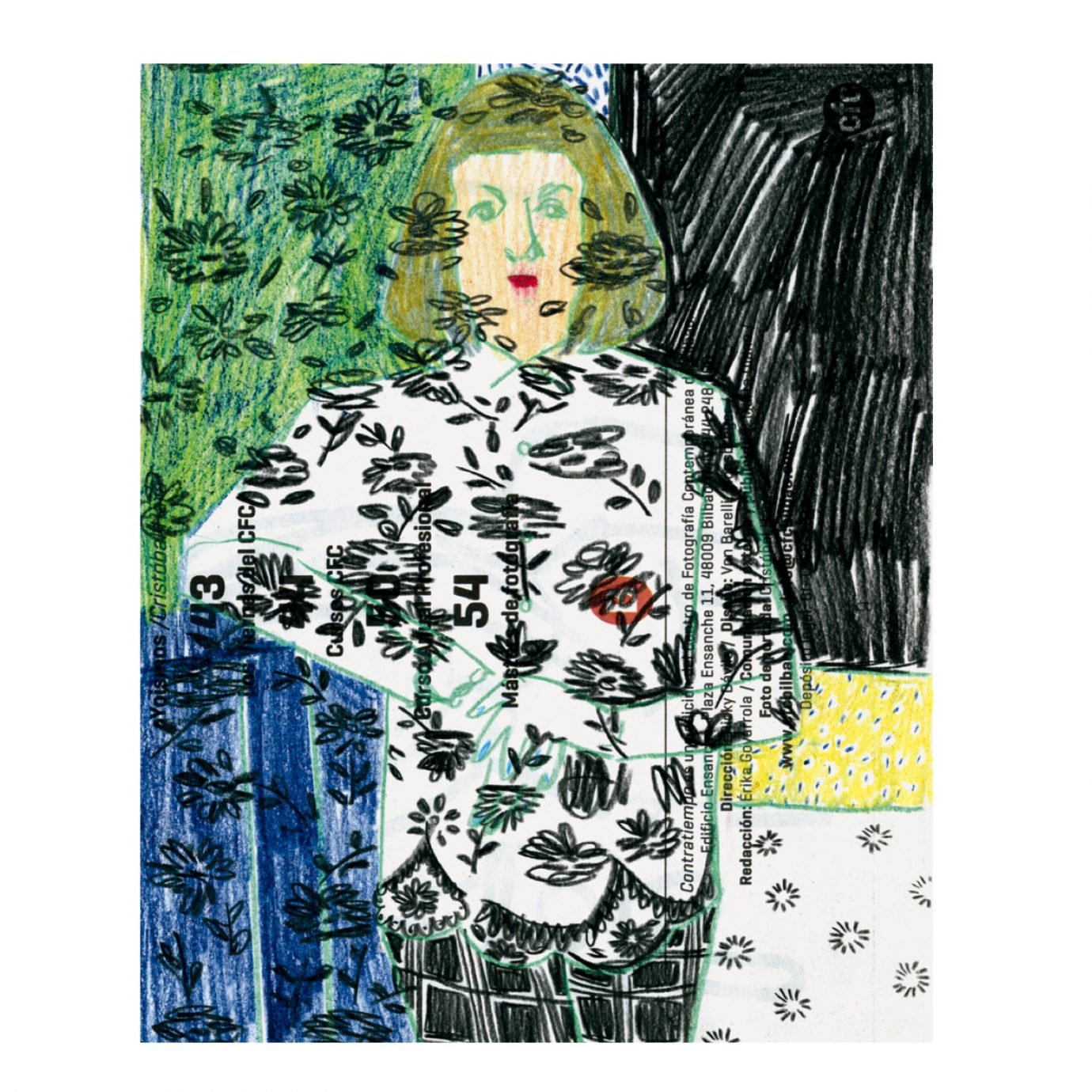“I was trying to figure out what I wanted to do with my life. Essentially, the UK wanted me to leave three months after graduating from the MA. I barely had time to pack my belongings. So I asked myself a lot of questions, including whether I should launch my own brand right away, or should I collaborate with someone else? Following that, I made the decision to relocate to Paris. It is less difficult to apply for a long-term visa there,” explained Strong in relation to the uneasiness of making hurried choices soon after graduating. Shortly after, Strong came back to the UK and was able to found his label.
“The UK wanted me to leave three months after graduating from the MA. I barely had time to pack my belongings.” – StrongThe
Design programmes do not always include a business toolbox. That, perhaps, is part of the beauty of devoting years of study to creative practices and discovering one’s own distinct voice.“Tutors were always saying you have to find yourself, you have to find your identity. That year was probably spent trying to figure out who I was,” Strong said, as he sat in a white shirt, gazing out the window of his East London flat. “Business knowledge is essential, but we had to figure it out on our own after that. During the course, you will be immersed in a different bubble. The most interesting aspect is when you interact with like-minded people so that’s what builds you up and shapes you. It’s a matter of determining what you want more than that [the business side of fashion] so it’s sort of like a survival game,” he added.
“Even though your family supports you, that is not your money. You have to make it work, and then you have to pay them back somehow. It’s hard, and I have a privilege to have that.” – StrongThe
Making a living as a self-sufficient young designer can be worrisome for fresh out of college graduates, especially for those entering such a despicable job market. So, what should be considered before starting a sole-trader business, and what are the most costly expenses? “I’m lucky enough that my family supports me. But it’s really hard because, in Asian culture, your parents want you to make it, and I made the decision of investing in something. I had to promise my dad that I’ll pay him back. It can be stressful. Even though your family supports you, that is not your money. You have to make it work, and then you have to pay them back somehow. It’s hard, and I have a privilege to have that,” Strong said in response. “I’ve been trying to be careful about what I should spend. Even though I’m just starting out, I’m not trying to have a big team. If I can work on my own, I will work on my own. Just me and my friend who is a pattern maker and that’s it. I don’t want extra costs,” he shares over Zoom.








































